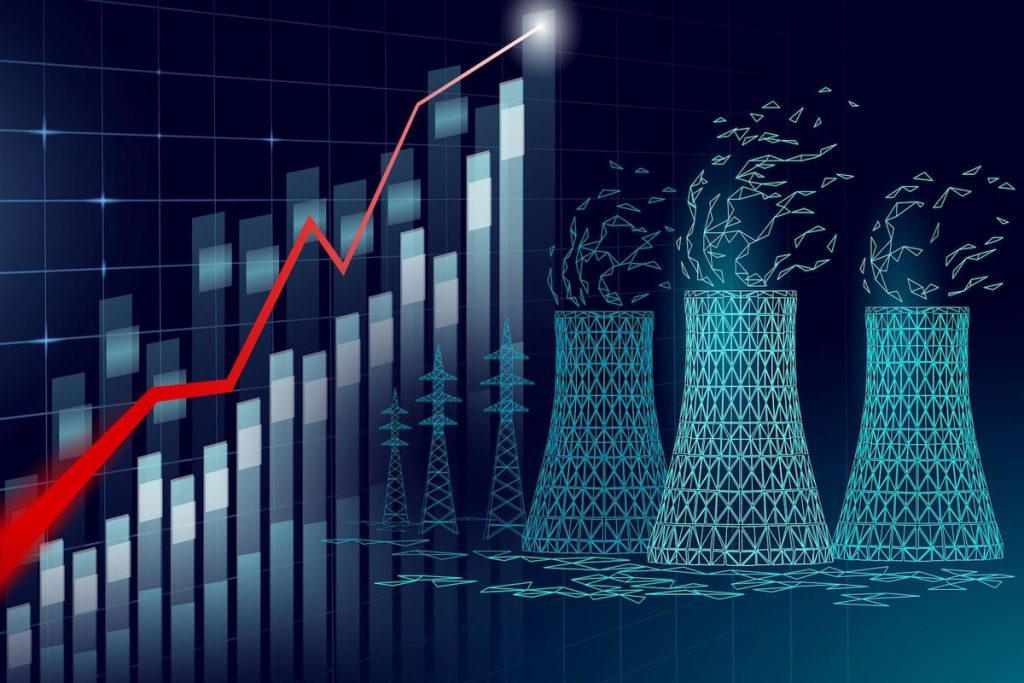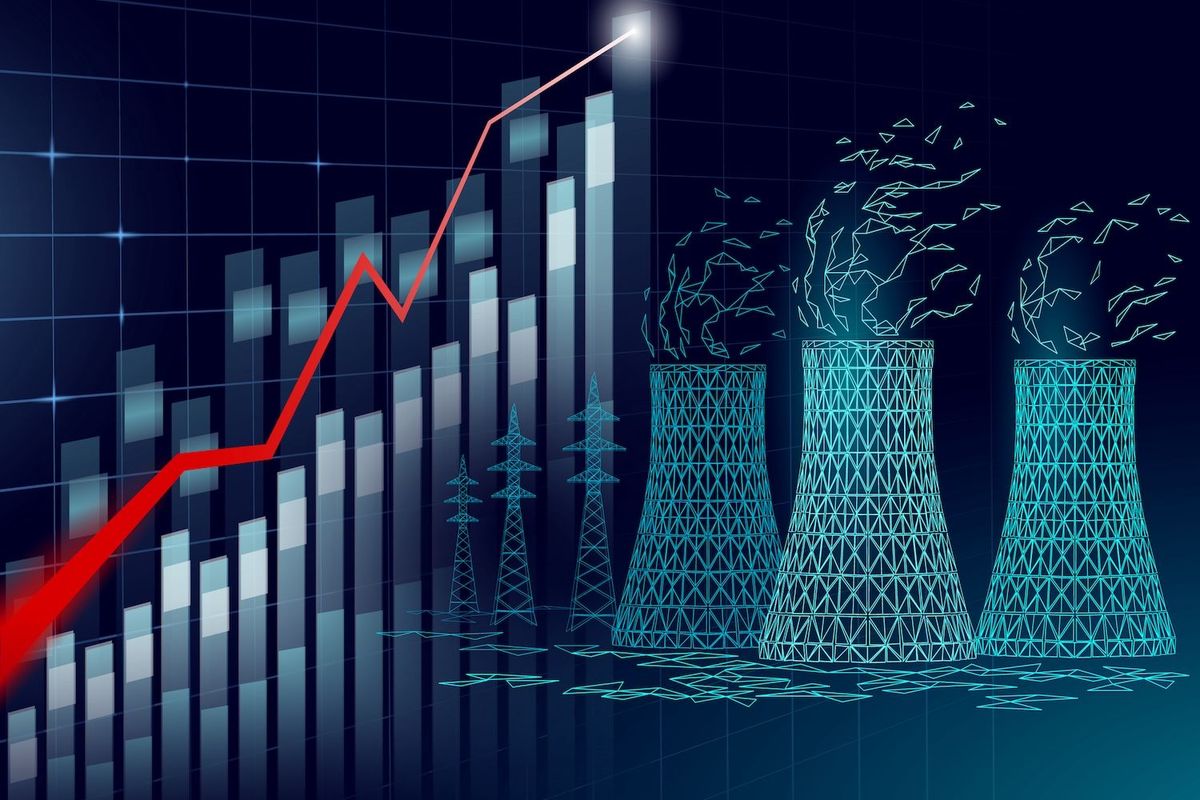Kazatomprom Cuts 2026 Uranium Output as Market Tightens, Demand Seen Rising


Kazakhstan’s state-owned uranium giant Kazatomprom will scale back production in 2026, saying that current supply and demand dynamics do not justify a return to full capacity even as long-term prices hold firm.
The company, which accounts for more than one-fifth of the world’s primary uranium output, said it expects to lower production by roughly 10 percent compared with earlier targets, reducing its nominal output level from 32,777 metric tons of uranium (tU) to 29,697 tU.
That equates to a drop of around 8 million pounds of uranium, or about 5 percent of global supply. Most of the reduction will come from adjustments at its Budenovskoye joint venture.
“As the world’s largest producer and seller of natural uranium, Kazatomprom fully recognises the critical role the Company has in supporting the global energy transition,” Chief Executive Meirzhan Yussupov said, as the miner released its first half 2025 results.
Kazatomprom said the present market environment does not warrant lifting production to its previous 100 percent level. The long-term uranium price has remained stable at around US$80 per pound, despite volatility in spot markets and financial uncertainty tied to tariff disputes.
Instead, Kazatomprom said it plans to “exercise its downflex opportunity within the acceptable 20 percent deviation under the updated 2026 Subsoil Use production levels.” It added that the actual guidance for the 2026 output will be released in a later disclosure.
The company further added that supplies of sulphuric acid, a critical reagent for the in-situ recovery (ISR) mining method used across its operations, are expected to be stable in 2026.
Kazatomprom also pointed to Kazakhstan’s own nuclear energy ambitions. The government has floated plans for three nuclear power plants, each of which would require about 400 metric tons (1.04 million pounds) of uranium annually.
Financially, the announcement accompanied weaker half-year results. Kazatomprom reported a 54 percent fall in net profit to 263.2 billion Kazakhstani tenge (around US$489.5 million) in the first six months of 2025, compared with the same period a year earlier. Revenue further slipped 6 percent to 660.2 billion tenge due to lower sales volumes.
In August 2024, the company cut its 2025 uranium output forecast by 12–17 percent amid a sulfuric acid shortage. Its new acid plant won’t be ready until at least 2026, while higher mineral extraction taxes starting which commenced earlier this year are set to raise costs and erode its traditional competitive edge.
Even as it trims output targets, Kazatomprom stressed that it is pushing ahead with large-scale exploration programs across Kazakhstan. The initiatives are aimed at replenishing reserves and safeguarding the company’s status as the leading global supplier of nuclear fuel.
“Kazatomprom is currently undertaking a large-scale exploration in Kazakhstan, which is a top priority for replenishing its resource base and maintaining its leading position as a global nuclear fuel supplier,” Yussupov said.
Potential market deficit ahead
Although Kazatomprom has seen a decline in profits, sector major Cameco (TSX:CCO,NYSE:CCJ) registered growth in Q2 2025, and is anticipating a broad uptick in global demand.
“We believe that supportive government policies, the tangible actions of energy-intensive industries, and positive public conversations are all pointing to a global convergence: nuclear energy is a critical solution for providing clean, constant, secure and reliable power to electrify global economies, wrote Tim Gitzel, Cameco’s president and CEO.
Uranium’s key role in clean energy has prompted FocusEconomics analysts to forecast uranium prices to stay well above 2010s levels through the decade, with price projected in the US$65 to US$80 per pound range.
The World Nuclear Association (WNA) projects demand will rise 28 percent by 2030, outpacing an 18 percent supply increase, driven by emerging-market growth, AI-related power needs, modular reactor adoption and energy security concerns.
Primary uranium production from mines, conversion and enrichment plants meets most global reactor demand, with secondary supplies helping bridge short-term gaps.
‘However, secondary supply is projected to have a gradually diminishing role in the world market, decreasing from the current level in supplying 11-14 percent of reactor uranium requirements to 4-11 percent in 2050,’ notes the WNA’s recent Nuclear Fuel Report.
Despite the looming shortfall, FocusEconomics analysts don’t anticipate a return to 2024’s highs, when prices overshot fundamentals amid investor exuberance.
“Supply/demand dynamics are supportive of higher uranium prices: We forecast a structural supply deficit of ~20 million pounds in 2025 to grow to ~130 million pounds by 2040, or representing 40 percent-45 percent undersupply,’ an email from FocusEconomics stated. ‘This view is supported by increasing demand for uranium as the global nuclear fleet expands to support growing power needs amid a lack of meaningful potential supply to come online.”
Securities Disclosure: I, Giann Liguid, hold no direct investment interest in any company mentioned in this article.
Securities Disclosure: I, Georgia Williams, hold no direct investment interest in any company mentioned in this article.





